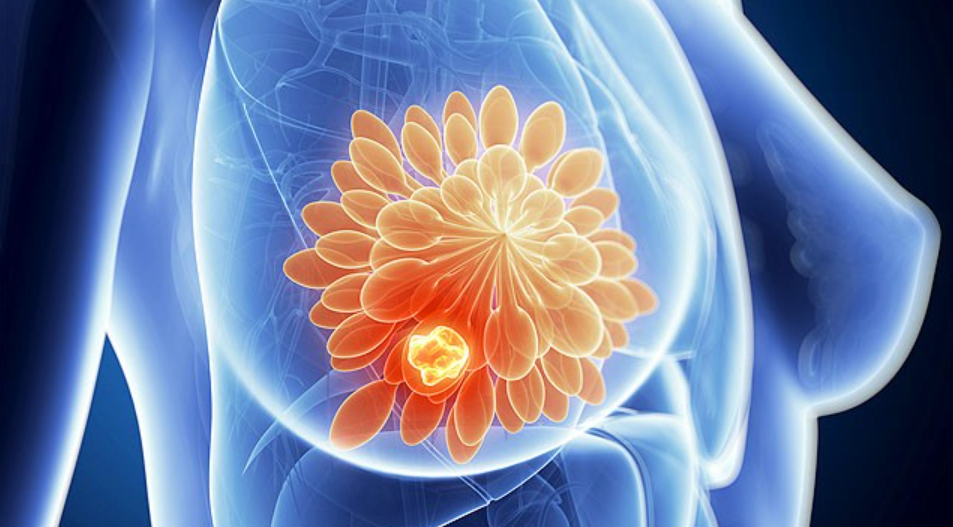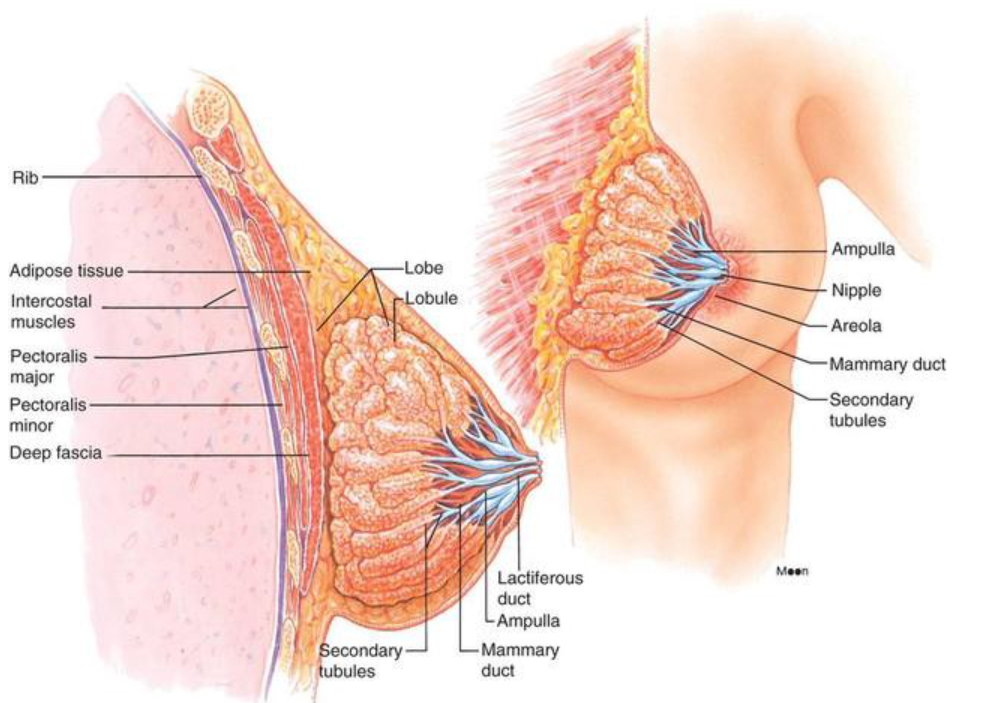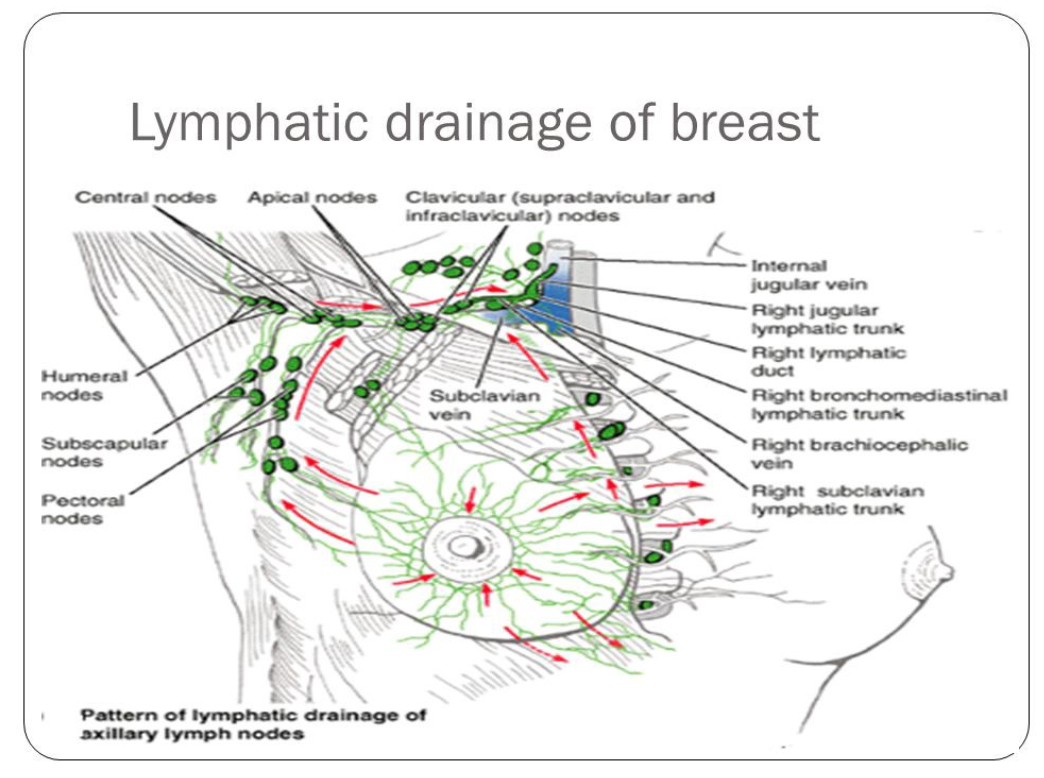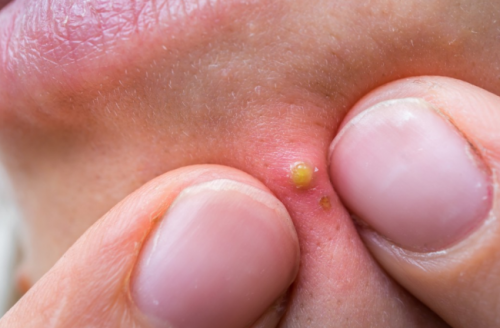COVID-19 During Pregnancy FAQs
Here is what pregnant women need to know about Coronavirus. Read more
Here is what pregnant women need to know about Coronavirus. Read more
Bad periods and menorrhagia affect 1 in 5 women. Read more
A chronic inflammatory condition may be the culprit. Read more
Granting Ourself Freedom to Disconnect Helps Us Reconnect. Read more
Are tests accurate, and can we trust the results? Read more
Which side you are on makes no difference to COVID-19. Read more
A small gift from a patient reminds a nurse what matters. Read more
Our little bundle of joy, Mila Sofia, officially arrived on June 22nd, and we are so incredibly in love. Read more
Understanding the mystery of the mammary glands.
We all have breasts. Structurally, breasts are simply modified sweat glands. But functionally, the mammary glands produce milk, life- saving nutrition for newborn babies allowing the human race to evolve and flourish.
The mammary glands are wondrous and complex structures. Let’s take a tour of the breast anatomy.

Used with permission from Medika Life
Mammary glands are located in the breast overlying the pectoralis major muscles. Both males and females have them, but they are functional only in women.
Externally, each breast has a raised nipple surrounded by a circular pigmented area called the areola. The nipples are sensitive to touch because of a dense array of nerve fibers and smooth muscle that contracts and causes them to become erect in response to stimulation.
Internally, the adult female breast contains 15 to 20 lobes of glandular tissue that radiate around the nipple. The lobes are separated by firm connective tissue and fatty adipose tissue.
The connective tissue helps support the breast. Bands of connective tissue, called suspensory (Cooper’s) ligaments, extend through the breast from the skin to the underlying muscles. The amount and distribution of the adipose tissue determine the size and shape of the breast. To keep it simple, fatty tissue determines breast size and connective tissue holds them up.
Have you ever wondered how milk gets to the nipple? Each lobe consists of lobules that contain the milk-producing glandular units. A tube called a lactiferous duct collects milk from the lobules and carries it to the nipple.
Milk is stored in a reservoir called the ampulla (lactiferous sinus) just before arrival at the nipple. After the sinus, the duct splits and narrows allowing multiple ducts to bring milk to the surface of the nipple.
Four hormones have an integral role in breast development. Estrogen levels increase during puberty and stimulate the production of glandular breast tissue. Estrogen increases adipose tissue causing the breast to increase in size. Progesterone plays a role as well by stimulating the development of the duct system.
During pregnancy, these hormones further enhance the development of the mammary glands. Prolactin from the anterior pituitary gland stimulates the milk production inside of the glandular tissue, and oxytocin triggers the ejection of milk from the glands.

Used with permission from Medika Life
The breast is located on the anterior thoracic wall. It extends horizontally from the lateral border of the sternum to the mid-axillary line. Vertically, it spans between the 2nd and 6thintercostal cartilages. It lies superficially to the pectoralis major and serratus anterior muscles.
The breast is composed of two regions. The circular body is the prominent area of the breast. The axillary tail is a smaller area running along the inferior lateral edge of the pectoralis major towards the axillary fossa.
At the center of the breast is the nipple. It is made mostly of smooth muscle fibers. The pigmented area of skin surrounding the nipple is called the areolae. There are numerous sebaceous glands within the areolae . These glands enlarge during pregnancy, secreting an oily protective lubricant for the nipple.
The middle of the breast receives blood from the internal mammary artery, a branch of the subclavian artery.
The lateral part of the breast receives blood from four vessels:

Used with permission from Medika Life
The lymphatic drainage of the breast is incredibly important. Breast cancer spreads through the lymph when it spreads (metastisizes).
There are three groups of lymph nodes that receive lymph from breast tissue — the axillary nodes (75%), parasternal nodes (20%), and posterior intercostal nodes (5%).
Thank you to BeingWell for publishing this article on Medium.
Originally posted on Medika Life
Blog Author: Dr. Richard Wagner
Main Blog Photo By: Jan Kopřiva on Unsplash
Skin care is the key to adolescent acne frustrations.
Facetime, Houseparty, Tik Tok, and Zoom meetings. Our teenagers are always online, and they want their face to look good on screen. One of the side effects of online school and the stay-at-home order is increased concerns about acne.
Our pediatric office has many acne advice requests, as young people notice the skin blemishes in their HI-Def-selfie world.
There are a lot of myths about acne. Your grandmother will tell you its all in the diet. Believe it or not, acne is not caused by eating too much chocolate or greasy food.
Acne breakouts occur due to a combination of factors such as spikes in certain hormones, clogged pores in the skin, and common but mostly mild skin infections.
The best way to prevent acne is to take care of your skin. Clean and healthy skin is more resistant to pimply outbreaks.
1. Wash your face. Use warm water and cleanser specifically designed for the face. Harsh soaps and scrubs may damage the skin and make acne worse.
2. Do not pick, squeeze, or pop pimples.
3. Avoid oil-based skin products and make-up. One easy trick is to choose a moisturizer with the words “non-comedogenic” on the label.
4. Try an over the counter medication.
5. Be skeptical of online and television advertising highlighting magic cures and overnight remedies.

Pimples are so tempting. They stare at you in the mirror, almost begging to be popped. Don’t do it. Resist the urge to squeeze it until it bursts. Pimple popping is one of the worst things you can do as it damages the underlying skin.
Damaged skin can lead to scarring and worsen the skin’s appearance.
At the first sign of an acne breakout of acne is first noticed, you can try over the counter products like salicylic acid and benzoyl peroxide. These products help to clean the skin and remove debris from pores.
It is always a good idea to start off trying a little of these products on small skin areas. Acne medication can cause skin irritation and, occasionally, an adverse reaction.
If these over the counter solutions do not yield positive results, schedule an evaluation with your pediatric healthcare provider for an assessment. There are multiple medications that your pediatrician can prescribe based on the type and severity of acne.
A pediatric appointment either in person or by using telemedicine technology can provide a massive lift in self-esteem, allowing our youth to embrace the prom, graduation, or even their next Zoom gathering.
Thank you to BeingWell for publishing this article on Medium.
Blog Author: Dr. Agboola O. Fatiregun
Main Blog Photo By: dima_sidelnikov Istock by Getty
